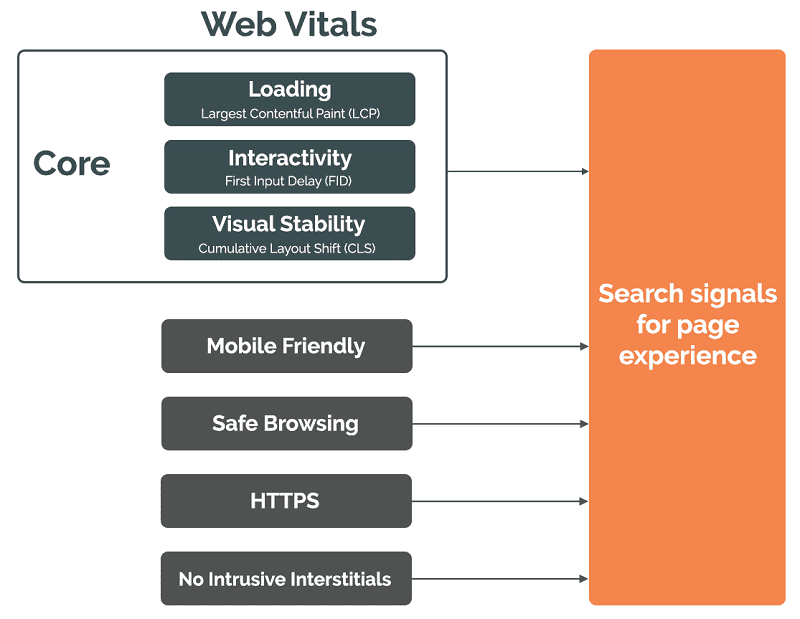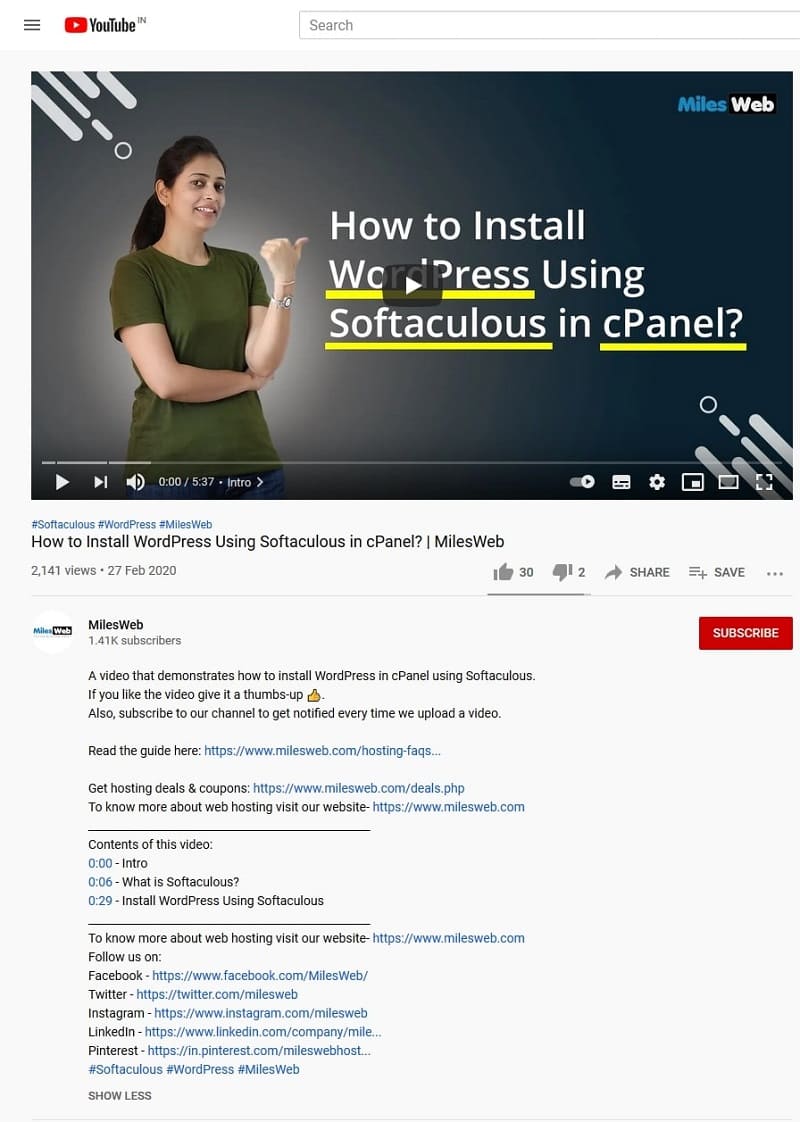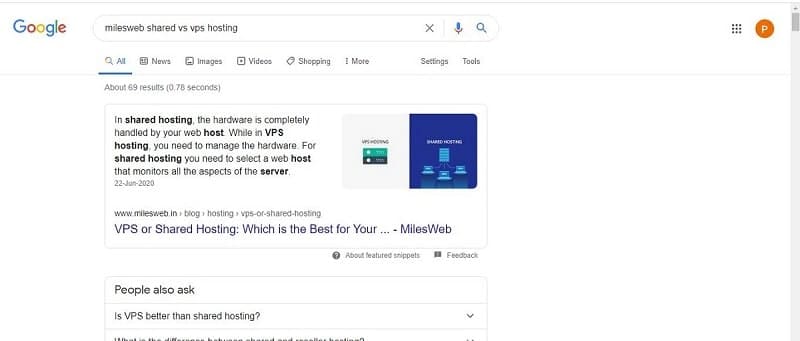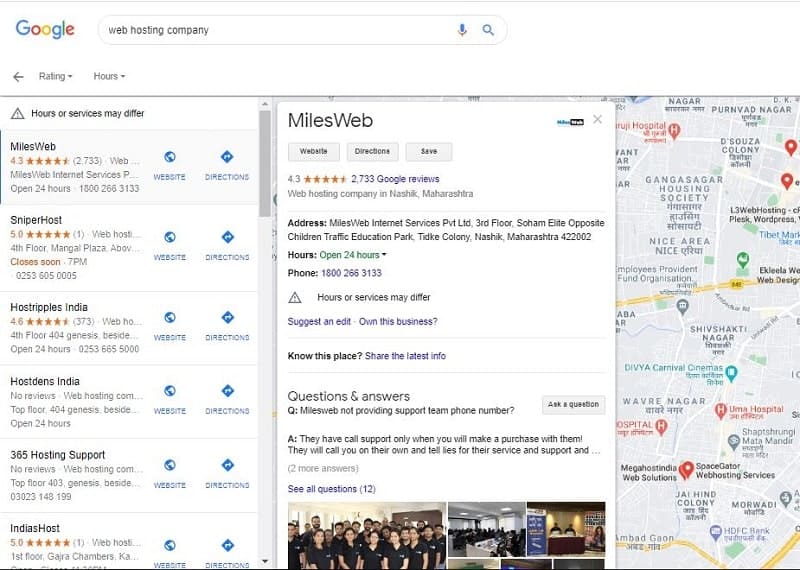It is always interesting to experiment and deploy newer SEO techniques with Google, mainly because the search engine algorithm of Google keeps evolving to better the quality of the search results.
Did you know?
90.1% of the total search engine market share belongs to Google(Google + Google Images), followed by YouTube (owned by Google), Yahoo!, Bing, and Amazon. It is no wonder being the most popular search engine in the market, most SEO trends every year are always revolving around Google.
The big question, as always, is how does Google’s algorithm rank its search results?
Each year, Google gets better at finding and placing relevant content helpful to the user. It does so by being very particular and brutal if necessary with its SERP and BERT. Traditional SEO techniques like writing content solely on keywords and stuffing links are no longer viable options as it has come to bite back many digital marketers.
But worry not! By the time you are finished reading this piece, you would get a clearer picture of the trending SEO practices.
Content
Google has always valued content that is original and authentic. You can employ all the SEO trends and techniques in your book, but if the content isn’t unique or up to the mark, it will not rank on Google.

It just goes on to show that the content is still the king, and Google would always prefer the real deal to a copy.
Invest your thinking into organizing your content with proper titles, content headers, subheadings, etc. Try not to be bound to stuffing keywords in the content and try to pass it on naturally, keeping its relevance intact. For example, you can use long-tail keyword phrases in your content to better align them with the searcher’s intent.
Long story short, it would all be up to your writing skills that help your work stand aside from the rest.
Courting Web Vitals for UX
Ever since Google announced in May 2020 about its Core Web Vitals, digital marketers have gone to great lengths to uncover what they are and their workings and responses.
Google describes Core Web Vitals as a set of metrics to appraise crucial aspects of the user experience.
The exact parameters that we can consider as Core Web Vitals are still arguable. But it’s clear that they all point to the loading speeds, responsiveness to users and visual stability that measure overall user experience on a website.

Image Source: https://webdevstudios.com/wp-content/uploads/2020/08/search-signals-page-experience-graphic.png
Google has put a lot of thought into it and even updated popular developer tools like Lighthouse and PageSpeed Insights to give more concrete recommendations. You can even fetch a dedicated report via Google Search Console to identify any possibilities for UX improvement. More such tools are in development to help induct Core Web Vitals into websites to get better rankings by collaboration between Google and some developers.
Creating Video Content
Internet users are always evolving their tastes in terms of content. A video on YouTube or any other digital media would be more effective in making people visit your website than they are with any other type of content. Why? Because most people prefer watching videos rather than reading.
You can begin by optimizing the video description on YouTube. The video description is like a calling card to your content and, you should put some thought into creating one. Note that the video description should be crisp yet understandable and must contain relevant keywords.

Integrate YouTube videos into websites to enhance the user experience. It would definitely boost user’s interest and, as a side-benefit, improve the content’s ranking.
Including transcripts for the video can also help in improving on-page SEO, but not always. You may have to do a little trial-and-error routine with it.
Advent of AI
According to Google’s VP of Search, 15% of the search queries received every day by Google are unique and never seen before. It made identifying the user’s perspective difficult for the search engine, often providing irrelevant search results.
RankBrain and BERT by Google have helped the search engine evolve further by enhancing its ability to comprehend user’s expectations and provide relevant results.
Google introduced RankBrain in 2015 as a component of its core algorithm to ascertain the most relevant results to search queries. RankBrain utilizes machine learning, the ability of machines to teach themselves by analyzing data and identifying patterns. It is evolving by itself, providing Google a better understanding of the likely user intent behind a search query.
Jacob Devlin and his colleagues from Google introduced Bidirectional Encoder Representations from Transformers or BERT in 2018. Like its name, there is no easy way to explain its functionality as a neural network-based technique for natural language processing pre-training.
In simple terms, BERT helps Google to understand the context behind a user’s search query even if it may seem unclear at first glance. For example, you can search for a song by searching for a particular line from it and, Google would display that song in its search results.

With BERT and RankBrain, you don’t have to write for SEO by ineptly stuffing your content with keywords. Instead, Google would recognize your content and rank it based upon the user’s requirement.
EAT or Perish
In 2013, Google published a Search Quality Rater Guidelines. It was a 168-page document used by actual human raters to assess the quality of its search results. It suggested that the quality raters would appraise a website based on E-A-T- expertise, authoritativeness and trustworthiness.

EAT was inducted with Google so that the users would get quality content that comes from a trusted and eligible source. For creators that are into YMYL(Your Money or Your Life) niche, it is a crucial constraint to consider while doing SEO.
There are some conventional methods to improve your site’s EAT:
- Building backlinks from a trusted source is always good for improving EAT. However, make sure that those backlinks not only drive organic traffic but are also generic in nature. Google recognizes paid and unpaid links on trusted websites.
- Keep publishing about yourself in the media and build a distinguished profile with your acclamations and recognitions.
- Invite recognized experts to write for you.
- Get ratings and reviews on well-known rating platforms by registering on them.
Write Long but Don’t Bore
Some of the most SEO-friendly content is the one that is long and in-detail. Google prioritizes descriptive content that is educational and answers all the queries of users.

One of the most retaining features of long-written content is that it can accommodate many links without disturbing the EAT of the website.
However, in some cases, users may be overwhelmed with the amount of information and may not even consider reading. It is your job to keep the audience hooked so that they won’t lose interest.
Strive for Featured Snippets
Google has introduced snippets to feature articles that rank highest in SERPs.

A position in the snippet ensures high organic traffic and improves SEO for the long term. Content like a paragraph, table, list, chart, etc., are considered for featured snippets by Google.
Although there are many rumors on positioning content in snippets, a safe bet is to create structured content that precisely answers a particular query.
Go Mobile-Friendly
It still surprises me how people underestimate doing SEO for mobile searches. Did you know? 87% of users of smartphones carry on internet searches at least once every day.

What’s more, Google hasn’t stopped mobile-first indexing and still scores a website’s compatibility for mobile phones.
To ensure a good ranking on Google with mobile phones, use the identical meta robots tags on both desktop and mobile sites.
With Google’s free mobile-friendly test, you can assess how good your website is for mobile and later get a mobile usability report in Google Search Console.
You can refer: How to Create a Mobile-First Web Presence?
Local SEO Competence
Google has always supported searches relevant to local businesses, which is entirely opposite to the conception of some marketers who go for global scale.
Google has introduced some changes regarding local SEO where the search results are based upon relevance and quality and not just proximity. It has increased the scope for businesses to improve their search engine rankings.
Google My Business has been tweaked so much by Google these past years that it has practically every possible information module for users to assess for themselves.

The best way to win at local SEO is to keep your info updated on your Google My Business profile. Do posts and keep answering the questions of users so that the profile is active. Google would always prefer an active GMB profile that interacts with users and place it higher than others.
The Prominence of Semantic Search
With RankBrain and BERT complementing each other, Google now accommodates more complex and otherwise ambiguous search queries. As a result, comprehensive keyword phrases and secondary keywords have become the latest and an undeniable part of SEO of any online content.

How to tackle it:
- Create content that precisely answers a particular question that your target audience would pose.
- Instead of focusing on a set of obvious keywords, optimize content for relevance to the topic.
- Deploy structured data wherever necessary to improve user experience.
To Sum It Up
Google has evolved its search engine into a platform that could provide appropriate answers to any questions that users may pose. The focus is to maximize user experience by understanding user’s intentions and reasoning behind the search queries.
Conventional SEO techniques like backlinking and keyword research are still useful. However, depending solely on these techniques won’t be a smart choice.
SEO techniques need to evolve the same way as Google.















